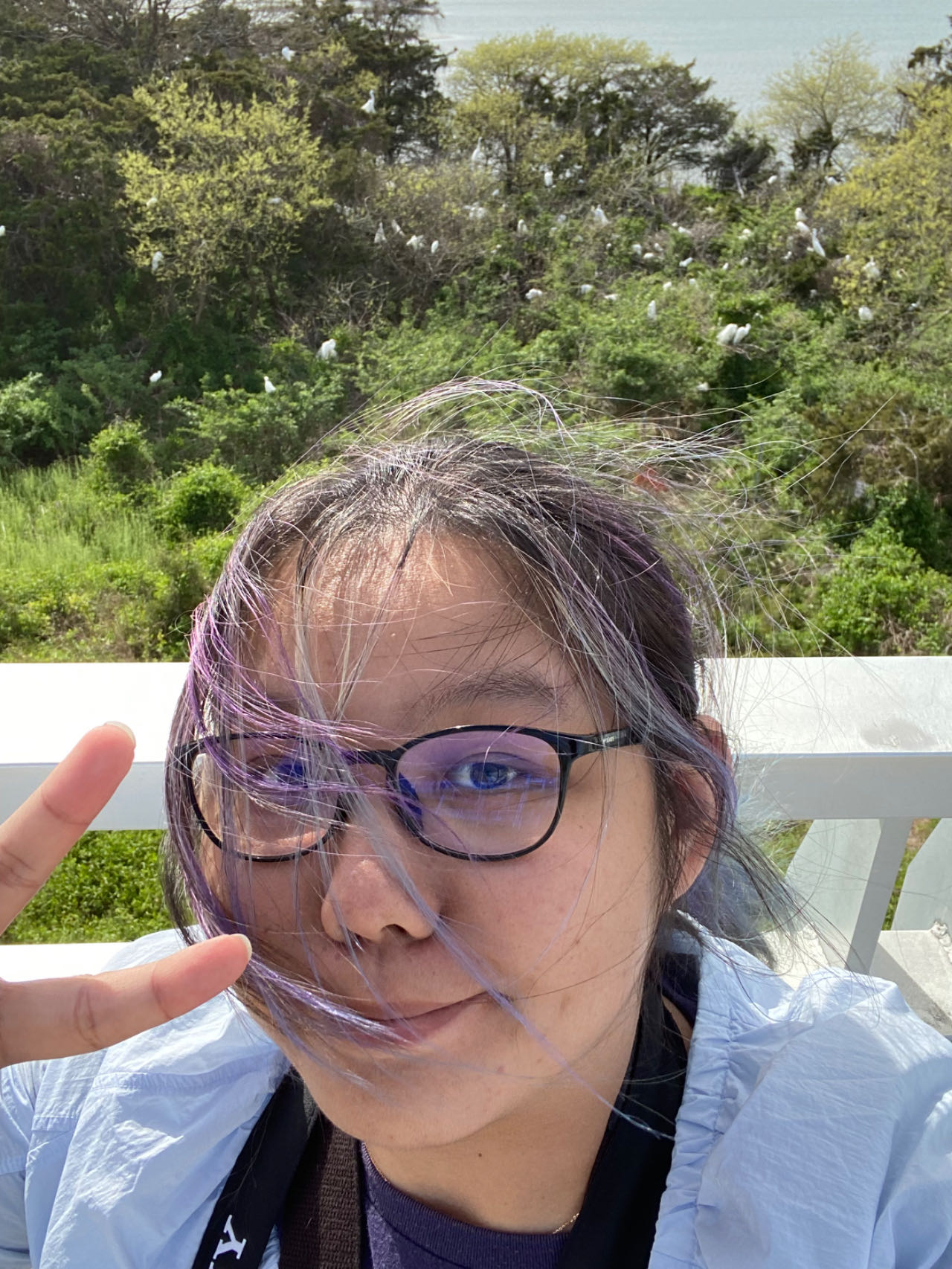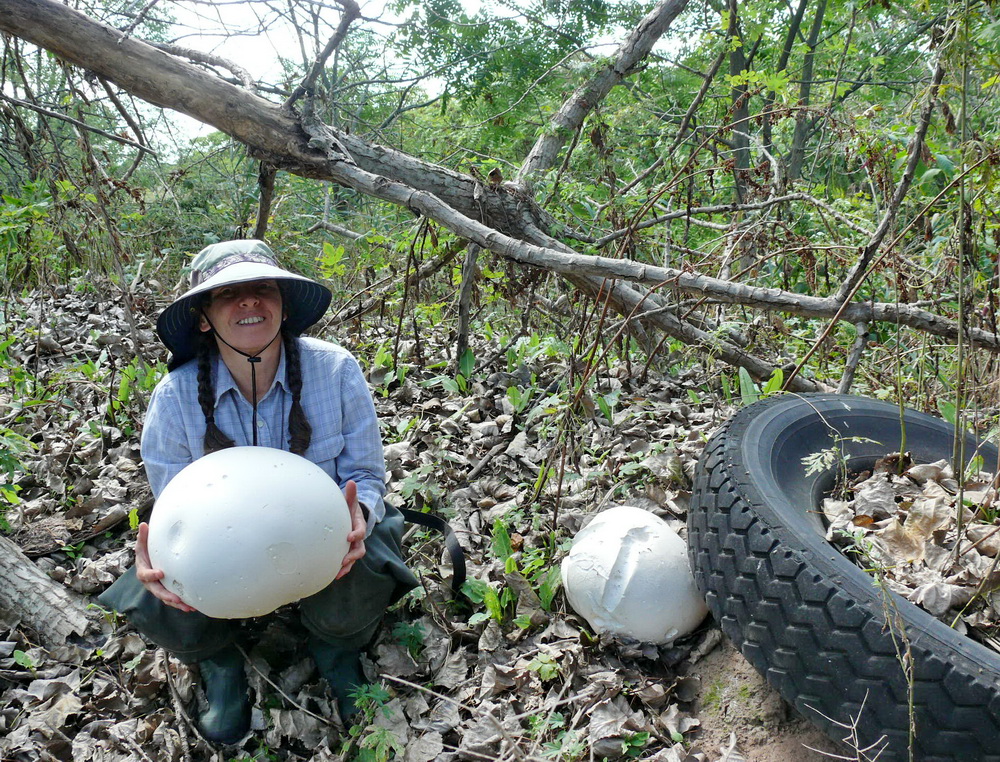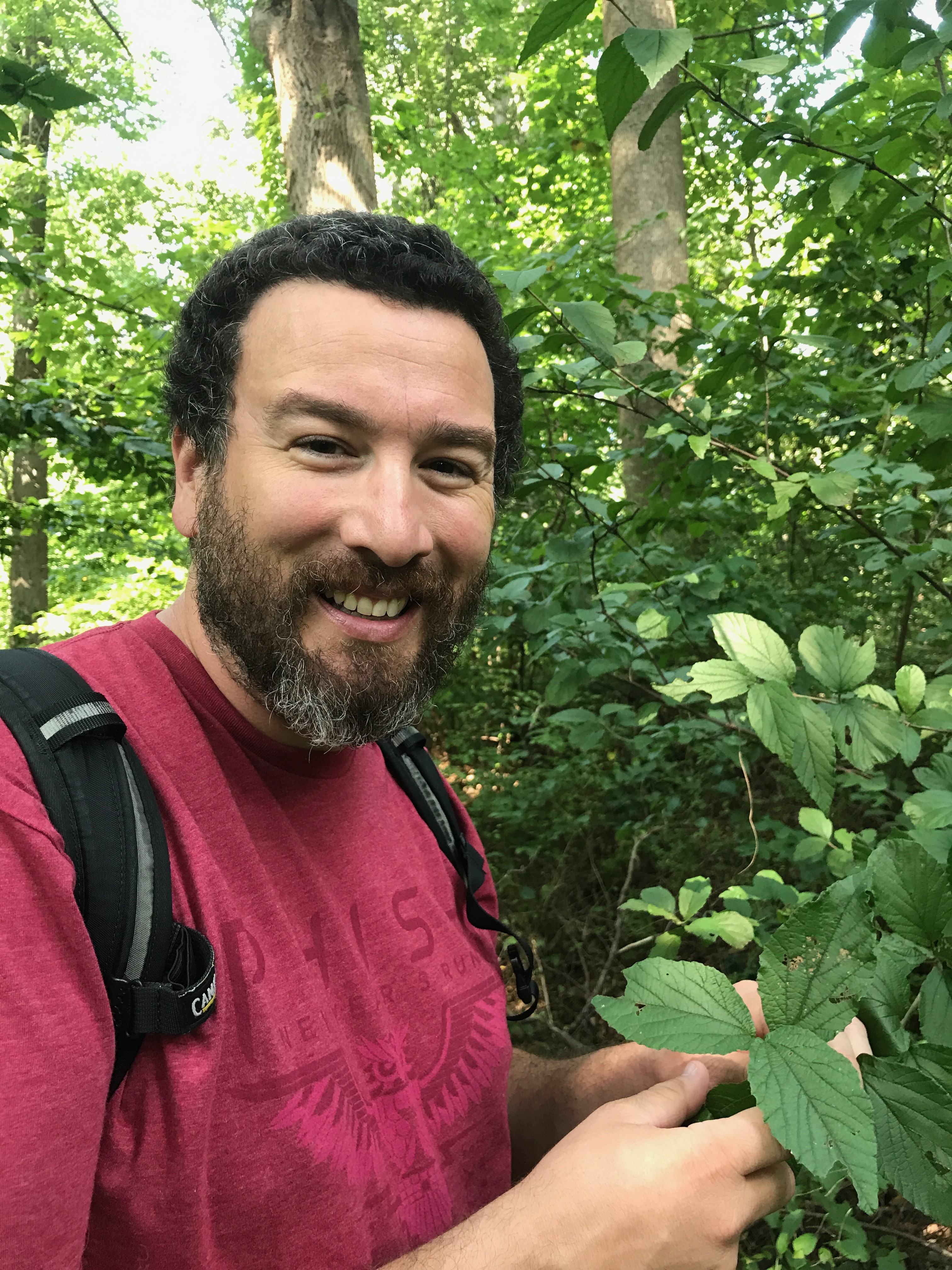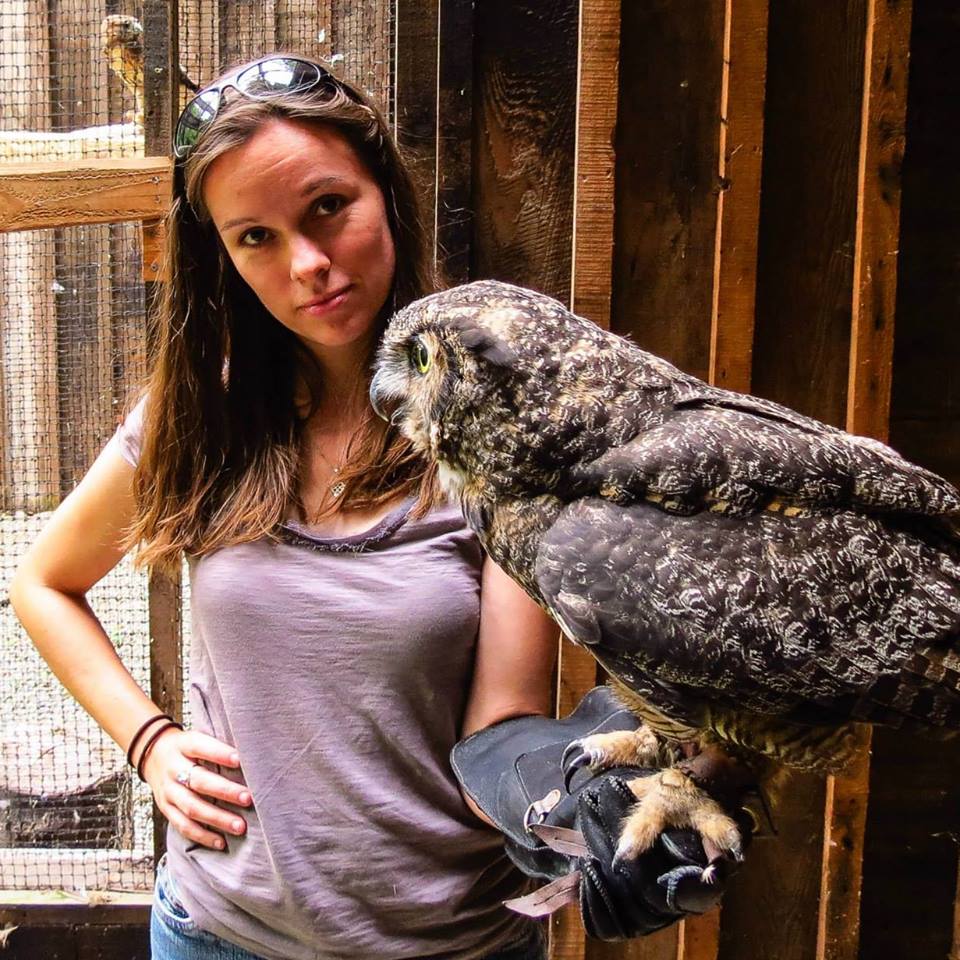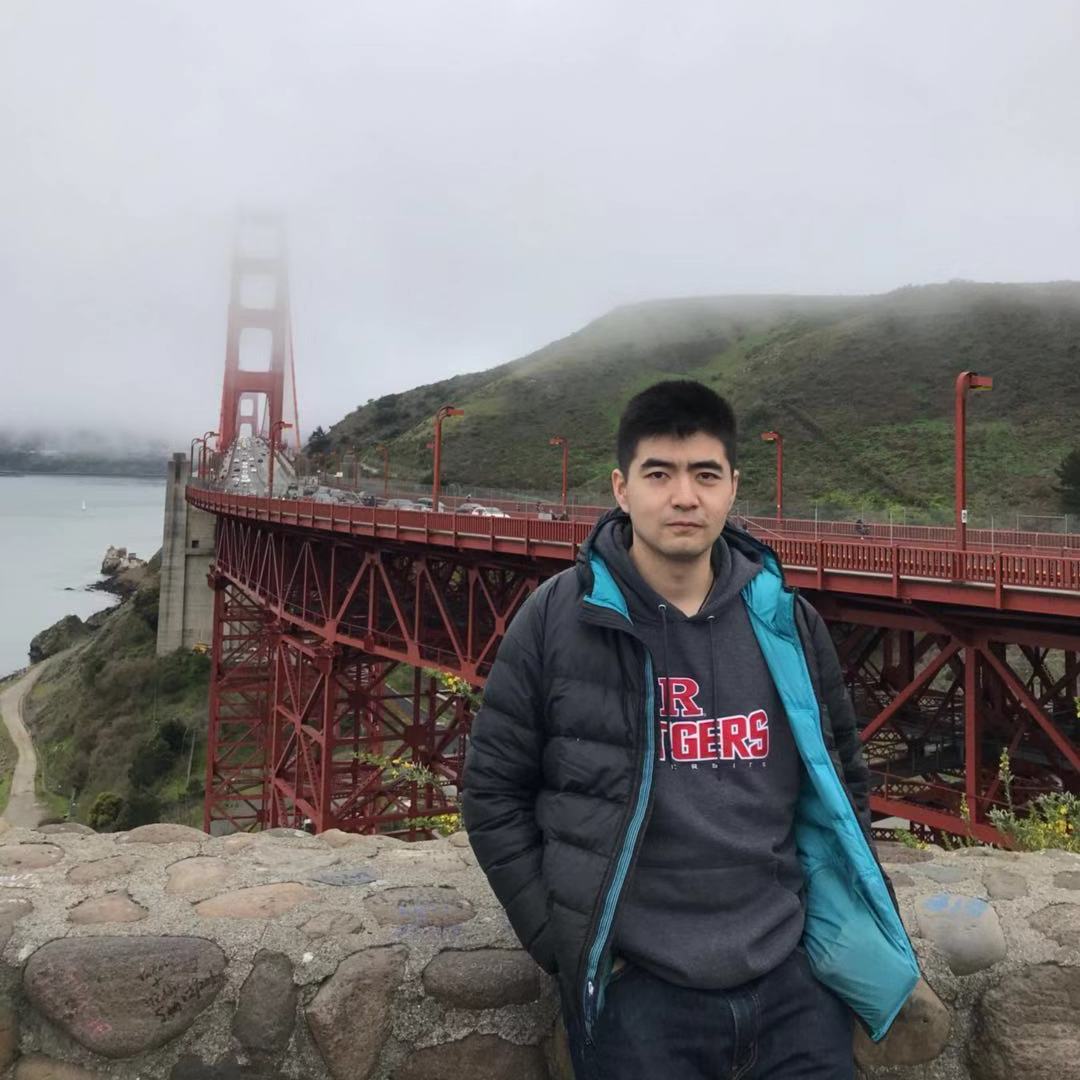Dr. Claus Holzapfel
Associate Professor

Fusion Ecology: as an ecologist I am fascinated by the intriguing ways of how species interact with each other. Within that topic I address questions spanning community, population and evolutionary
